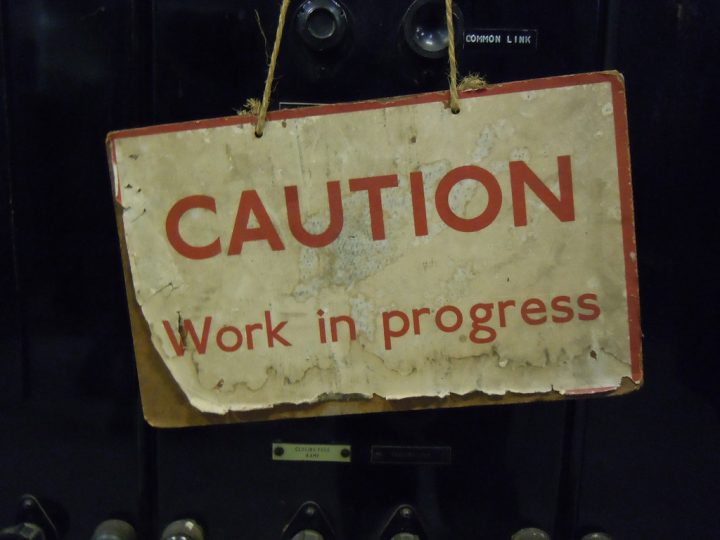Professional Learning: A Definition in Progress
My EdD thesis has the tentative title of The Professional Learning of Academics in Higher Education: A Sociomaterial Perspective. The title tips its hat towards an earlier study by Knight, Tait and Yorke (2006). It is not a simple case of just replacing ‘teachers’ with ‘academics’. There is an important point to be made here, […]

